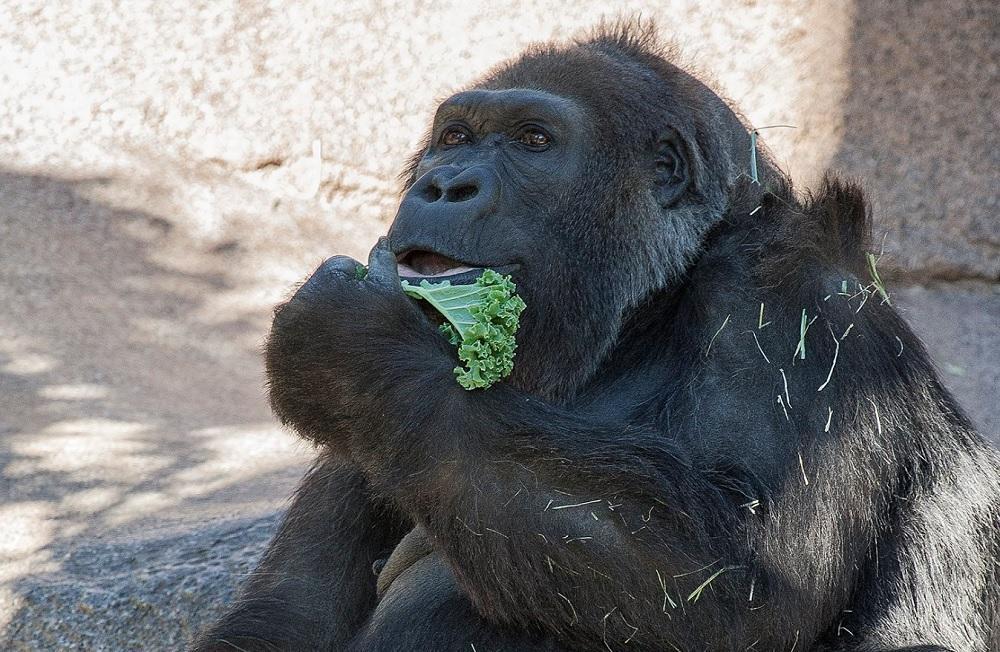One of the oldest gorillas in the world, Vila, dies aged 60
Vila was the matriarch of five generations of apes

Your support helps us to tell the story
From reproductive rights to climate change to Big Tech, The Independent is on the ground when the story is developing. Whether it's investigating the financials of Elon Musk's pro-Trump PAC or producing our latest documentary, 'The A Word', which shines a light on the American women fighting for reproductive rights, we know how important it is to parse out the facts from the messaging.
At such a critical moment in US history, we need reporters on the ground. Your donation allows us to keep sending journalists to speak to both sides of the story.
The Independent is trusted by Americans across the entire political spectrum. And unlike many other quality news outlets, we choose not to lock Americans out of our reporting and analysis with paywalls. We believe quality journalism should be available to everyone, paid for by those who can afford it.
Your support makes all the difference.One of the world’s oldest gorillas has died at San Diego Zoo Safari Park.
Vila, who died three months after turning 60, was the matriarch of five generations of gorillas.
Born in what is now the Democratic Republic of the Congo in 1957, she came to the zoo in 1959 before being moved to the safari park in 1975.
She served as a surrogate mother for several western lowland gorillas, a species listed as critically endangered by the by the International Union for Conservation of Nature.
Workers at the zoo said Vila, who had arthritis and other health conditions as a result of her age, died surrounded by members of her family.
Randy Rieches, curator of mammals at the safari park, said in a statement: “Vila touched many people throughout her lifetime.
“She will be missed by zoo members, guests, volunteers and staff.”
Gorillas typically live to around 35 to 40 years old but reproduce slowly, raising one infant for several years before giving birth again, which makes the species vulnerable to population decline.
They are also hunted for the bushmeat trade and threatened by habitat destruction, large swathes of forest are cleared for the timber trade and people cut down trees for agriculture.
Gorilla populations have also been reduced by the Ebola virus.
Join our commenting forum
Join thought-provoking conversations, follow other Independent readers and see their replies
Comments